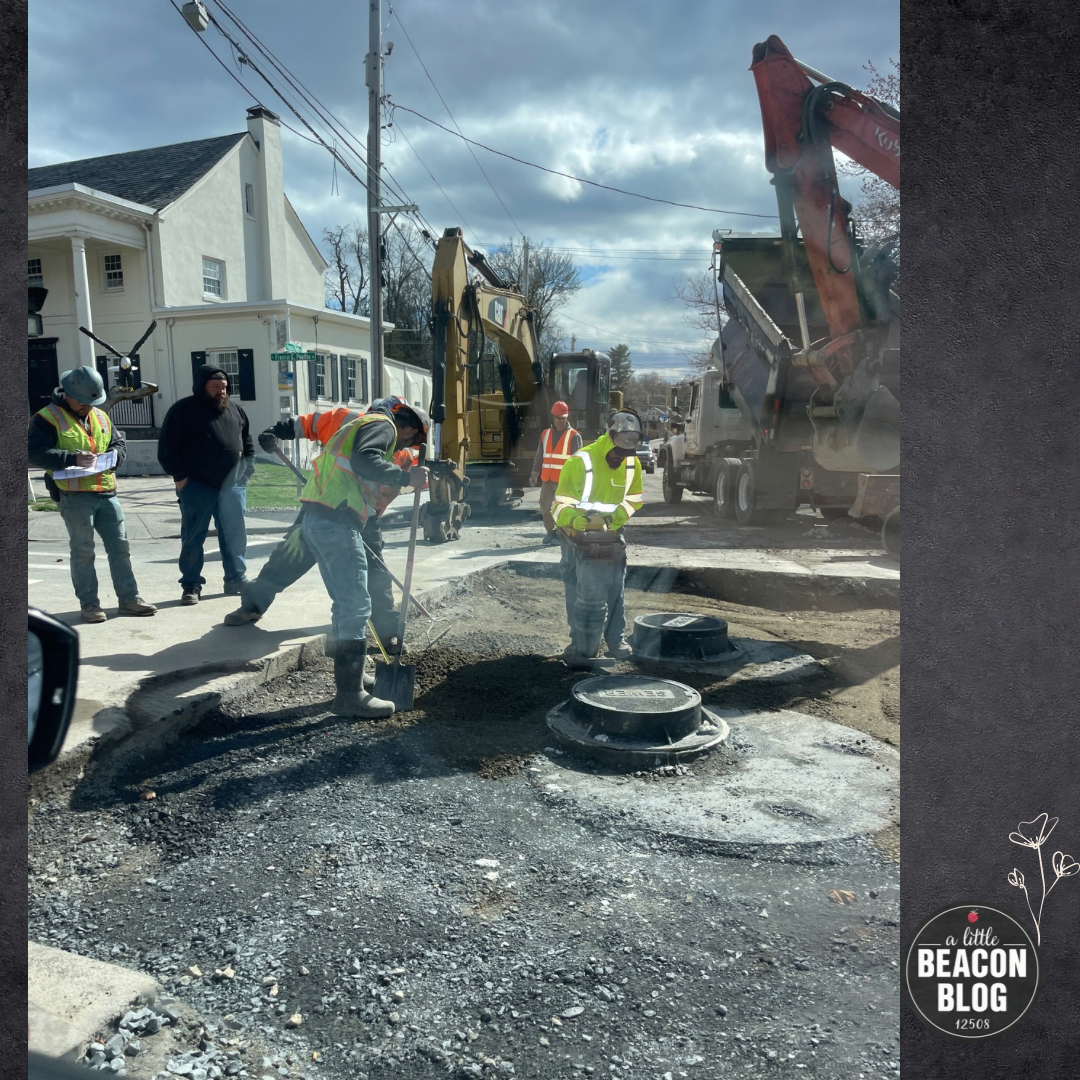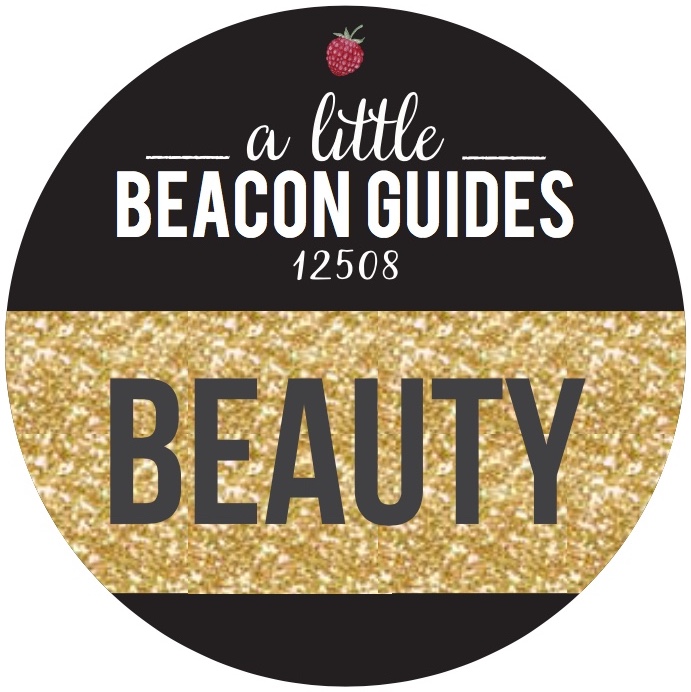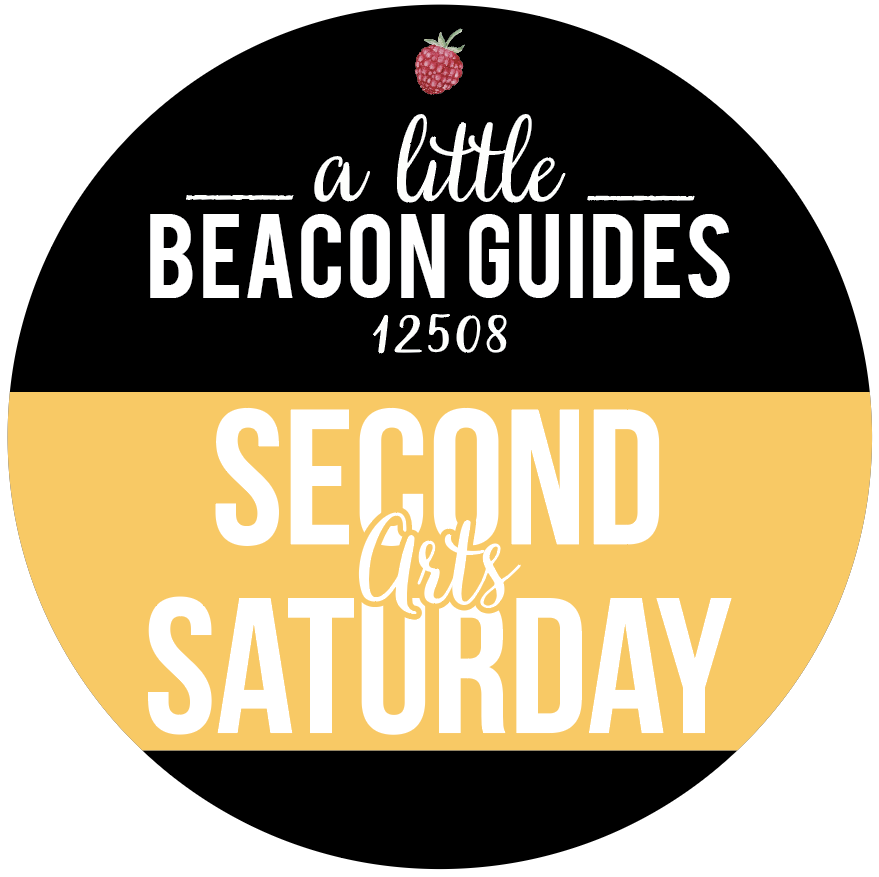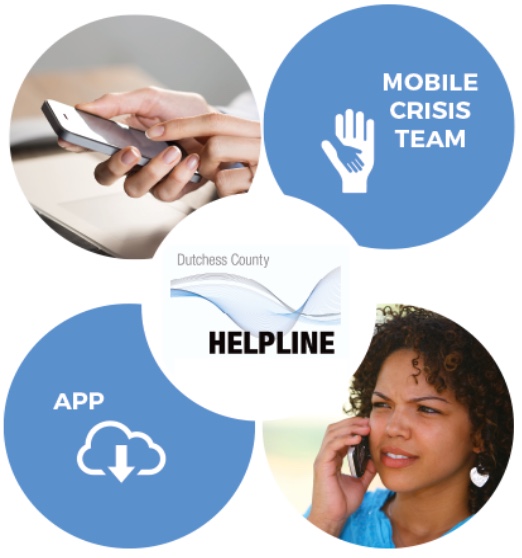On a summery Spring Tuesday afternoon, the verdict on Derek Chauvin arrived. This was after national morning news reports of speculation on how this decision could take weeks to deliberate.
Social media started lighting up at 4:30pm when news surfaced that the verdict would be read in court in moments. It had only been 2 days since the trial ended. Personal texts started arriving with predictions. Prep-time for after-school activities for parents and kids began as some people had the TV on live cable news channels or SiriusXM radio to hear live coverage.
Laces for cleats for soccer and flag football, as well as ballet slippers were pulled tight as the verdict was read for ex-police officer Derek Chauvin: Second-Degree Unintentional Murder (Guilty), Third-Degree Murder (Guilty) and Second-Degree Manslaughter (Guilty). The jury took 10-hours to deliberate over 2 days, according to CNN.
Quietly, the Black community has been watching this trial in revived trauma, afraid of no justice, while listening to reports of what the jurists were shown and told. Yet surprising testimonies were given by police training experts condemning the use of force, including the Police Chief Medaria Arradondo of the Minneapolis Police Department, who testified against former police officer Derek Chauvin during the trial: “To continue to apply that level of force to a person proned out, handcuffed behind their back — that in no way, shape or form is anything that is by policy,” said the chief as reported by the New York Times. “It is not part of our training. And it is certainly not part of our ethics or our values.”
Moraya Seeger DeGeare, MA, LMFT, a therapist based in emotional therapy in Beacon who until the last few years also lived in Minneapolis (she was born and raised in Beacon), tagged A Little Beacon Blog with the thought: “As we sit in anxious limbo…waiting. It’s come up a lot in therapy how although only kids at the time - remembering the Rodney King verdict, how this feels the same 30 years ago. Remember that fact, no matter the outcome of this trial. We MUST have the conversations with our kids.”
And each other. Thanks to local people and groups who organically organized over last Summer 2020, Beacon showed up and pulled up for the injustice and mistreatment that has been happening to Black people for ever. Groups like Beacon4BlackLives, which organically started with a few people including Justice McCray, Ciarda Hall, Stefon Seward, Xavier Mayo, and Cedric Parksdale, gave Beacon the opportunity to speak out, and tell stories that have otherwise gone untold or not believed.
Statements From Local Officials
A Little Beacon Blog has reached out for statements from Beacon’s Police Chief Sans Frost, the Vice President of the Beacon Police Union Michael Confield, and Mayor Lee Kayriacou. Should any of them respond, this article will be updated.
UPDATE: The City of Beacon’s Mayor Lee Kyriacou has responded with a statement.
Dutchess County Executive Marcus Molinaro has issued a statement via Instagram: “With faith in our justice system, and sincerest prayers to the Floyd family, I’m hopeful out of atrocity today’s verdict will help heal our nation. It won’t bring George Floyd, Gianna’s father back - may we always seek accountability, justice and peace.”
The work has just begun and as George Floyd’s brother, Philonise Floyd, said in a speech after the verdict, “We have to do this for life. We have to protest,” as he spoke of the work ahead as the family celebrated the moment, but vowed to continue for police reform, beginning with the the George Floyd Justice In Policing Act of 2020, co-written by Vice President of the United Sates Kamala Harris.
Locals responded, including Fareground, Poughkeepsie Observer, Beacon Hood Chicken, Zhanes Pallette, Twinkle, Beacon4Black Lives, Yvonne de Salle, and others.
Opportunities To Gather
Those who are wishing for togetherness have an opportunity to gather in Newburgh for an evening organized by former Beacon Councilmember Ali T. Muhammad, who is a Beaconite currently living in Newburgh and running for Orange County Executive. Details are here, and the trip to Newburgh for the event would be worth it. The event will be co-hosted by Melanin Unchained and Ali at Sunset, with a potluck available for those breaking fast for Ramadan. Address is 29 Prospect Street, Newburgh, NY.










































